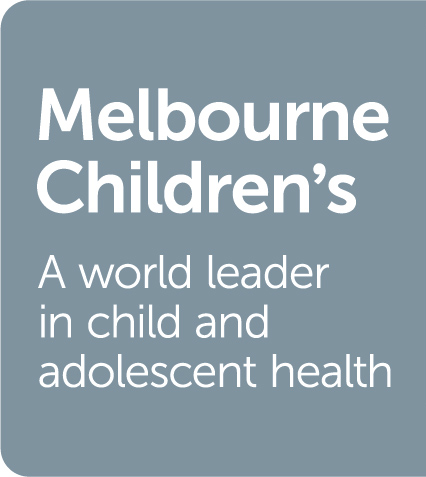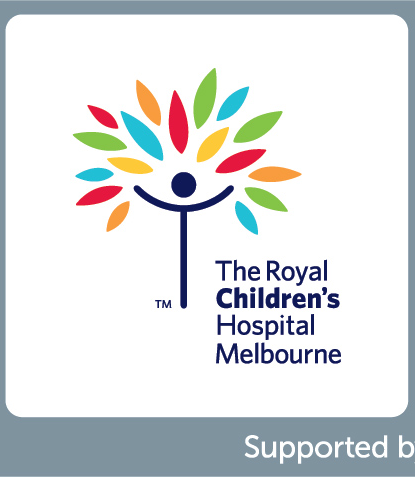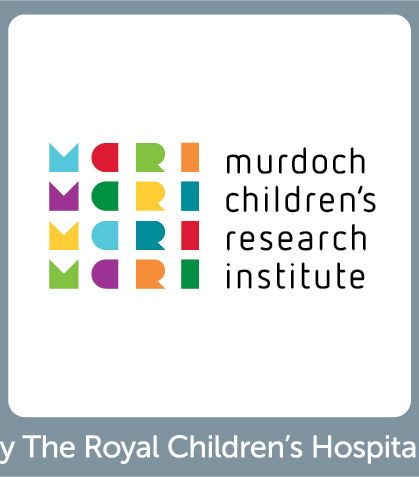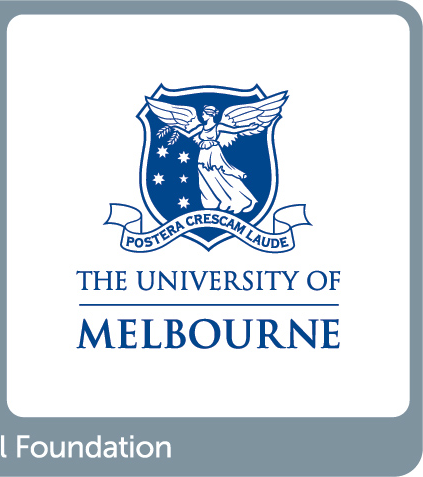CQC activities
Systematic administration of symptom rating scales and use of the results to drive clinical decision making at the level of the individual patient. (Fortney et al; 2017)
Clinical practice guidelines are evidence-based statements that include recommendations intended to optimise patient care and assist health care practitioners to make decisions about appropriate health care for specific clinical circumstances. Clinical practice guidelines should assist clinicians and patients in shared decision making. (Institute of Medicine; 2011)
Care pathways are evidence-based, mutual, decision-making plans, identifying a sequence of clinical interventions, timeframes, milestones and expected outcomes for children and young people depending on the particular health circumstances. (Queensland Health Clinical Pathways Board definition; 2002)
They support the implementation of evidence-based practice so in other words, they are the operationalisation of clinical practice guidelines.
Why do we need this project?
Anxiety is one of the most common mental health conditions. In Australia, one in 14 children and young people (aged 4 -17 years) experience an anxiety disorder.
Introducing validated patient reported outcome measures (PROMs) for anxiety into routine practice across The Royal Children’s Hospital (RCH) will assist clinicians to more effectively and efficiently identify if anxiety is a problem for a young person and/or if symptoms are improving or getting worse.
Clinicians will be able to view the results in the Electronic Medical Record (EMR) during appointments. Seeing patient reported outcomes in real time will help facilitate conversations about anxiety (a topic that can be difficult to raise) between clinicians, patients and their parents/carers.
PROM questionnaires are not uncommon in the paediatric mental health space, but their use and the frameworks around their use are variable. Implementing a model of measurement-based care will help to reduce variability in care and promote consistent, evidence-based practice.
This project will use two validated outcome measures for anxiety symptoms and anxiety symptom impact: the Revised Child Anxiety and Depression Scale (RCADS) and the Child Anxiety Life Interference Scale (CALIS) respectively. There are numerous outcome measures available for measuring anxiety symptomology and impact. These measures have been chosen because they are recommended by the International Consortium for the Harmonisation of Outcome Measures (ICHOM) as the best measures for children and young people in anxiety symptoms and symptom impact, as recommended by clinicians, researchers, and people with lived and living experience.
Aim
Our aim is to pilot a measurement-based care model for anxiety as part of usual practice within a public paediatric medical setting.
This project will use two validated outcome measures for anxiety symptoms and anxiety symptom impact, the Revised Child Anxiety and Depression Scale (RCADS) and the Child Anxiety Life Interference Scale (CALIS), respectively.
Project sites
A pilot has commenced at the Developmental-Behaviour and Behaviour Clinics, at the RCH Centre for Community Child Health (CCCH).
Our objectives
- Establish the repeated use of outcome measures for anxiety as part of usual clinical practice in child and young person behaviour and development clinics.
- Assess the feasibility and acceptability of MBC for clinicians caring for RCH patients with anxiety symptoms.
- Increase clinician confidence and competence in using MBC as part of routine practice to provide care for and manage anxiety.
- Improve clinical outcomes for anxiety experienced by children and young people.
Many children and young people attend The Royal Children’s Hospital with severe and debilitating physical symptoms. In up to 30% of these instances, the tests for signs of a physical illness return with normal results and with no medical cause found. These cases are regarded as ‘Medically Unexplained Symptoms’. Although this is quite common, Medically Unexplained Symptoms can be confusing and frustrating for children, young people, and their families and/or carers.
In children and young people, a common cause for these perplexing symptoms is a process called ‘Somatising’. This is where a person’s physical symptoms are believed to be caused by underlying stress or psychological problems, such as anxiety. This can result in disruptions of daily life, such as long absences from school, withdrawal, and problems with family and friends.
Research shows that people who Somatise tend to be less aware of psychological or social factors that could be contributing to their physical symptoms. They also tend to seek medical care for their symptoms, rather than psychological support. As such, physical symptoms related to Somatising are more frequently seen in medical settings rather than psychological settings. It is important to note that Somatising can also occur in people with diagnosed medical conditions, especially if they are excessively thinking and feeling about, or acting on their symptoms in ways that result in major distress and disruption to their daily life.
A Somatising diagnosis can be difficult for a young person and their family to accept, given the perceptions and social stigma surrounding psychological and social factors when the young person’s experience is physical in nature. It is also not uncommon for Somatising to affect young people who advise that they normally “don’t feel stressed,” and instead present with physical symptoms of that stress.
Children and young people with Medically Unexplained Symptoms where the cause is thought to be Somatising present with physical symptoms that can affect all body systems. Symptoms include, but are not limited to:
- Breathing difficulties
- Abdominal pain, bloating, nausea, or vomiting
- Pain
- Heart palpitations
- Fainting
- Headaches, dizziness, non-epileptic seizures, visual disturbances, sensory loss
- Urinary difficulties
- Fatigue
At The RCH, children and young people with Medically Unexplained Symptoms that may be due to Somatising are currently managed by general and speciality medical teams. Medical staff exclude medical causes for the physical symptoms with appropriate examination and investigations. Mental health referrals are usually made after a diagnosis of Medically Unexplained Symptoms or Somatising is made. This can leave the child and their family feeling as though others believe that the symptoms must be made up, or that it’s ‘all in their head’. Understandably, this can be frustrating and disheartening, because the symptoms are very real and affecting their life.
Somatising when it presents as Medically Unexplained Symptoms can be complex to manage, particularly when there are further requests for testing and inappropriate interventions. Doing this is risky because the child may be exposed to harm in the process. Accordingly, it is important that Medically Unexplained Symptoms are detected early so these risks are minimised and children and young people receive access to treatments that can assist with symptom management and recovery.
Presently, there is no consistent model of care at The RCH for these children and young people. This has been challenging to develop and implement, because of several factors. Firstly, language and ways of understanding Medically Unexplained Symptoms differs across specialities. Other terms that are used to describe Medically Unexplained Symptoms include functional somatic symptoms, persistent physical symptoms, psychogenic, or psychosomatic, just to name a few. Other terms that are often regarded as falling under the umbrella of Medically Unexplained Symptoms include specific diagnoses, such as Somatic Symptom Disorder and Functional Neurological Disorder (also known as Conversion Disorder). Other conditions such as chronic fatigue syndrome, fibromyalgia, and irritable bowel syndrome are controversial as to whether these should be viewed as Medically Unexplained Symptoms or medical diagnoses. In addition to confusion about terminology, there may also be perceptions that mental health involvement may not be beneficial, as well as a lingering anxiety that a medical condition could still be diagnosed.
Considering these factors, the Somatising Disorders project aims to:
- Develop a common language for Somatising Disorders within the RCH.
- Develop consistent pathways of care for Somatising Disorders, including psychological assessment guidelines.
- Develop resources for families and RCH staff to enhance awareness of Somatising disorders.
- Develop training materials to equip the RCH workforce to talk to parents and carers about somatising disorders and need for mental health care.
The Somatising Disorders research team consists of Dr. Andrew Court, Jenny Cations, and Kristen Van Bael.
This project involves input from key stakeholders within the RCH, and will involve people with lived experience (i.e., children, young people, families and carers) to review language, guidelines, and care pathways for Somatising disorders.
MCRI contact is cmhs@mcri.edu.au
Acknowledgement of Country



At Mental Health Central we acknowledge the traditional custodians of the land on which we live, gather and work. We recognise their continuing connection to land, water and community. We pay respect to Elders past, present and emerging.



